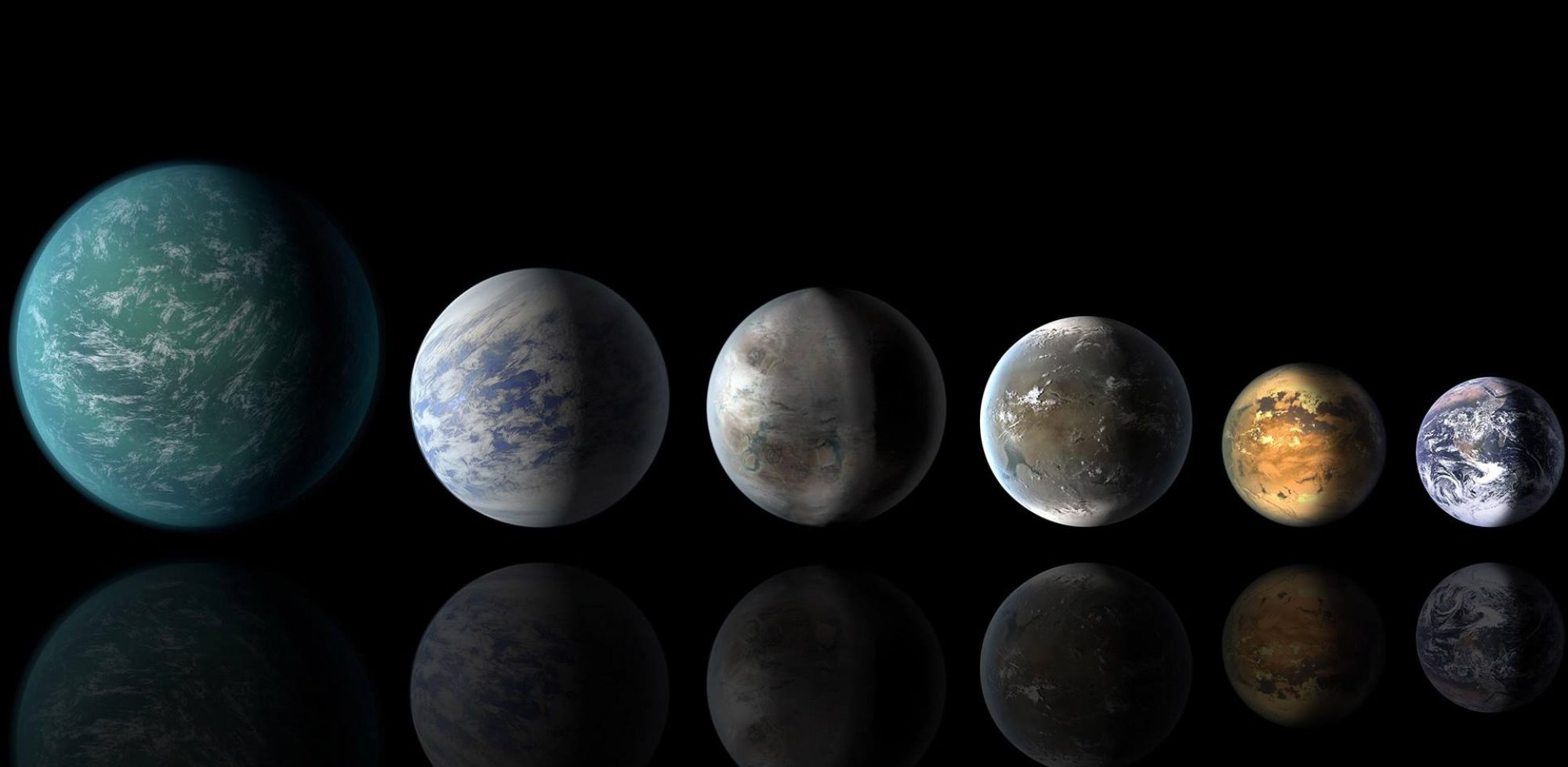Forty light-years away is no small distance. But an announcement of the discovery of two planets at that separation that have been determined to be rocky and Earth-sized adds a significant new twist to the ever-growing collection of relatively close-by exoplanets that just might be habitable. The two planets in the TRAPPIST-1 system orbit what …
Continue reading "Rocky, Close and Potentially Habitable Planets Around a Dwarf Star"
